National Mental Health Awareness Week: Loneliness
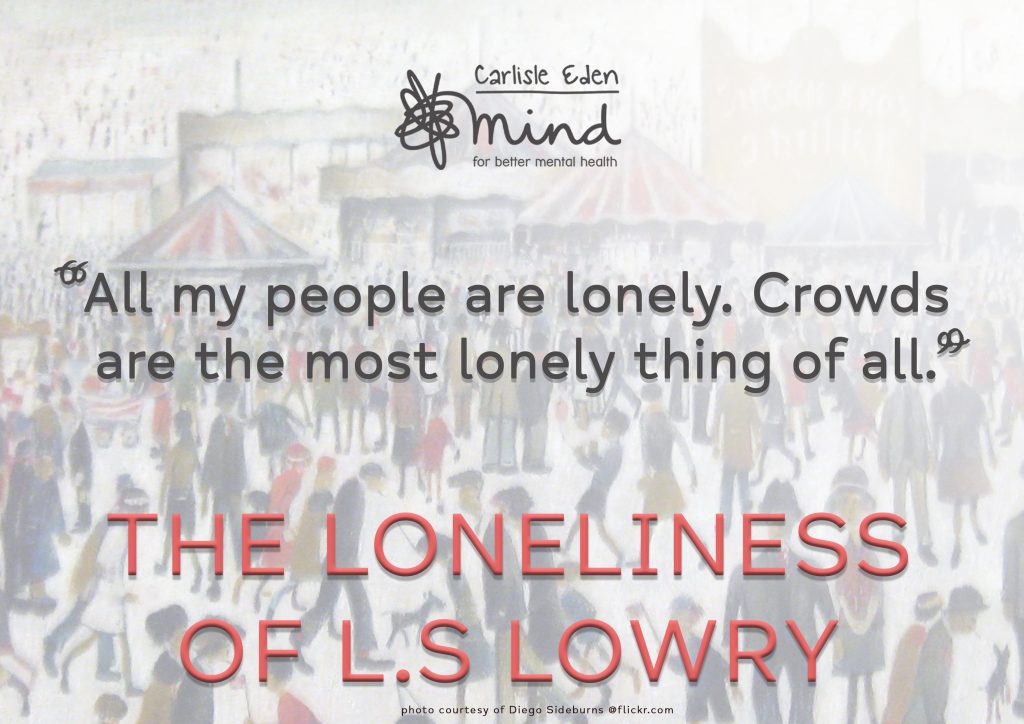
Lowry’s was one of the major British artists of the 20th Century. This was reinforced with the painting “Going To The Match”. This was sold at Auction for a record £1.9 million to the Professional Footballers Association.
The Lowry Centre in Salford Quays, now holds a major collection of his work.
Critics of Lowry have suggested that his work was repetitive and that this hinted at a lack of imagination on the artist’s part. But his paintings merely reflected the humdrum and clockwork comings-and-goings that marked the everyday existence of the working class northern community to which he himself belonged. He chose not to celebrate or make heroes of his subjects but rather to capture, often with humour and affection, something of the humdrum existence of the group as a whole.
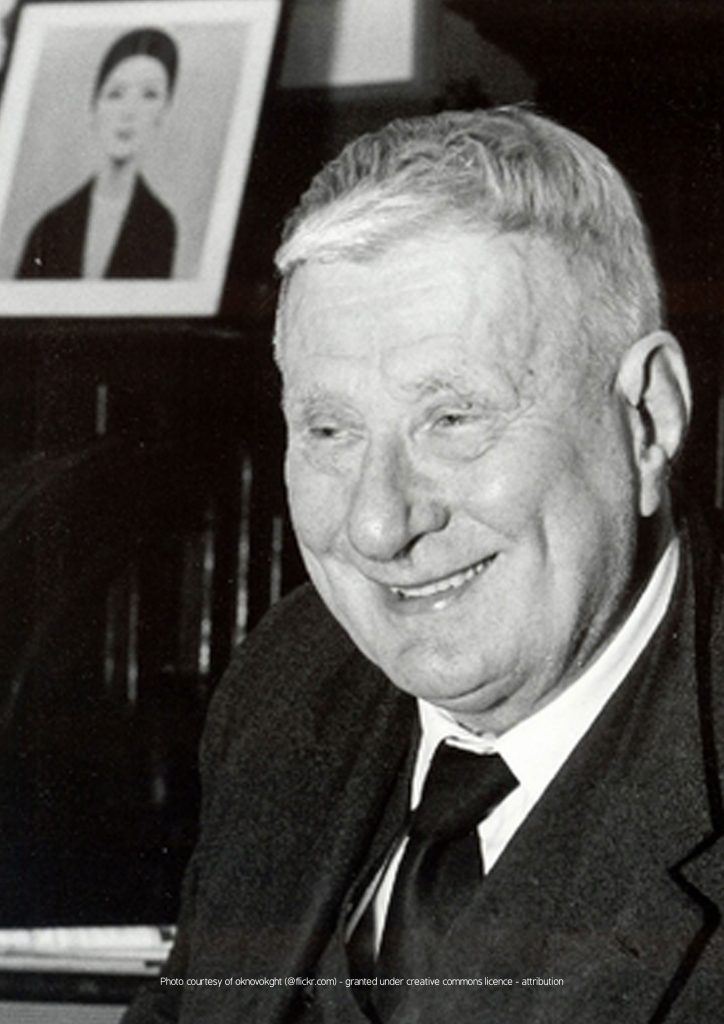
Many people associate Lowry with “matchstick men”, but he is known to have produced over 10,000 works. Ranging from finished oil paintings to hastily drawn sketches. The local industrial scene was his most frequent subject but he also painted seascapes and portraits. Lowry was a great humourist and had intense insight into human nature and characterising it without sentiment.
“All my people are lonely. Crowds are the most lonely thing of all.”
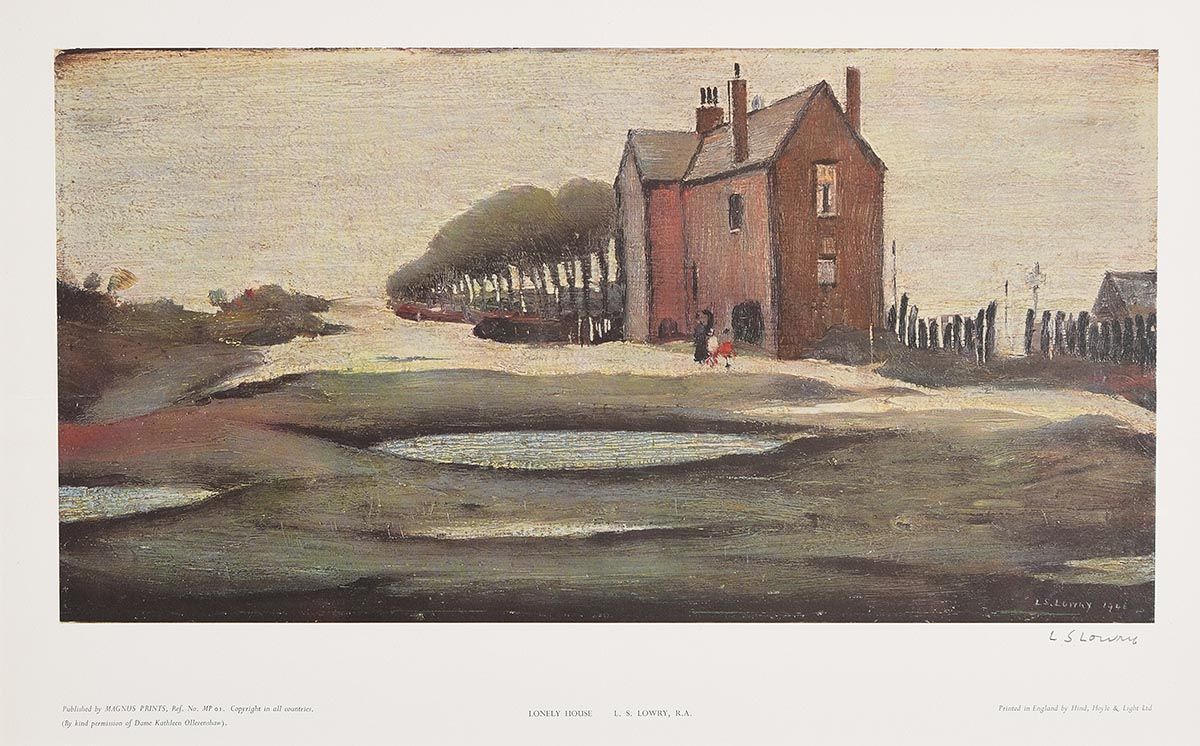
TITLE: Lonely House
Published by Magnus Prints & Printed by Hind, Hoyle & Light Ltd.
“Occasionally, I would sell a painting just when I was literally fed-up and all hope was gone. I’ve never been married so I shared my joys and sorrows with my parents. Oh, you should have seen the excitement when I sold a picture. My parents were so happy even if they didn’t really understand my work.”
Later in his life L.S Lowry concentrated on producing paintings of figures and travelled to Cumbria to build his portfolio. He created either single figures or groups, invariably against a white background. He also produced thousands of pencil drawings. He created a small image in Maryport which sold a few years ago for £86,000. These images are now very collectable. Carlisle’s Tullie House has 3 Lowry drawings that are currently on display in the Library and are available to view when the room is not in use for meetings.

Lowry’s father passed away from pneumonia in 1932. He left behind sizable debts and also the task of caring for his mostly bedridden mother, who suffered from neurosis and depression. Lowry’s mother became physically and emotionally dependent on her son who found time to paint (largely from memory) only after she had fallen asleep.
Lowry painted late into the night after his day’s work at the office was over and he disliked it when this routine was interrupted. When asked about the fact that he never married, he replied: ‘I was obsessed with painting; I couldn’t have gone on as I did and been fair to a wife. When I painted seriously, I painted not from ten till four, you know, but from ten till about twelve or two o’clock in the morning. You couldn’t do that to be fair to the wife'”.
In 1938, his mother’s health was in decline, Lowry produced a small number of what are known as his despairingly expressionistic “red-eye” portraits. In October 1939, just as he was starting to gain serious recognition, his beloved mother passed away. Lowry was so devastated at his loss (to which the “red-eye” portraits attest) he contemplated suicide. He said at the time, “I have no family, only my studio, Were it not for my painting, I couldn’t live. It helps me forget that I am alone”.
“You cannot teach painting because everyone’s colour sense is different. But drawing…You either get it right or wrong. You can tell whether people have drawn from life from their pictures.”

By 1955 Lowry’s standing had risen to such a degree he was elected as an Associate Member of the Royal Academy of Arts, and a full Royal Academician in 1962. Lowry also holds some kind of record for the most honours declined, including an appointment to the Order of the British Empire twice (in 1961 and 1965), a knighthood in 1968, and appointments to the Order of the Companions of Honour twice (in 1972 and 1976). Explaining his decision to decline this national recognition he said “There seemed little point, once mother was dead” and explained to the British Prime Minster, Harold Wilson, “All my life I have felt most strongly against social distinction of any kind.”
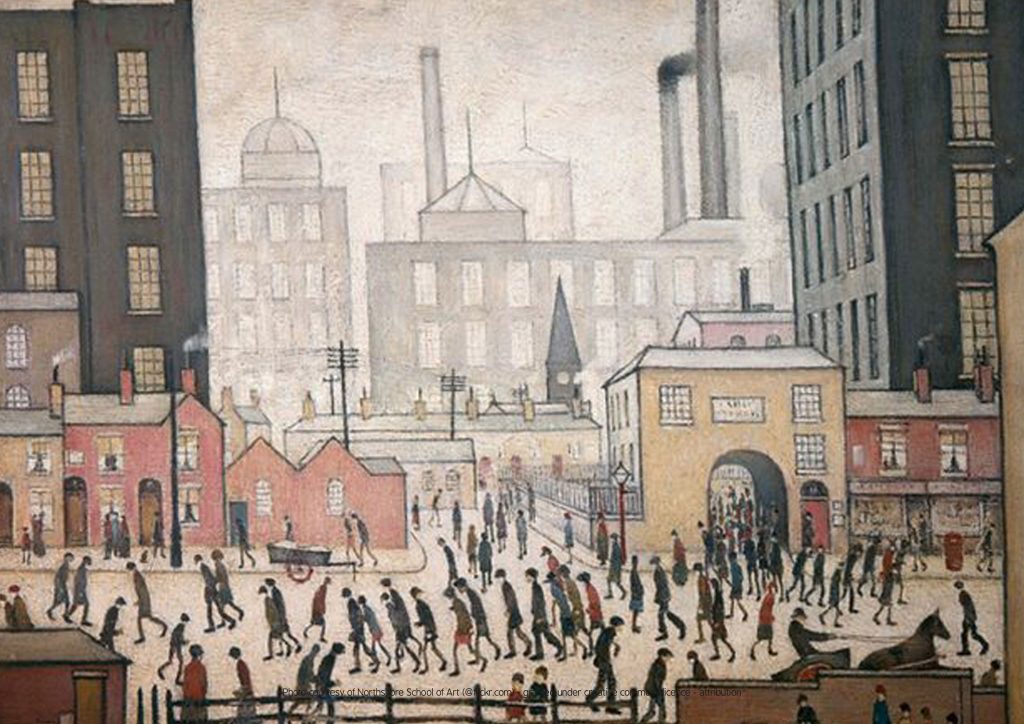
In 1966, Lowry said in an interview “I do and I don’t enjoy the life of a recluse, I’m getting no younger. I’m fed-up to tell the truth. I feel really that I’ve done the job I set out to do of putting the industrial scene on the map as best I can. Now I want to get out of it. I should have got out of it in 1948, but people wouldn’t let me – ‘You must paint more pictures.’ I was a damn fool to listen, I’ve never searched for all this so-called success. There’s no money in painting – the tax-man takes it all”.
L S Lowry died without a registered doctor, leading the galleries a merry dance. Hoping to inherit a few paintings in his will, they tried courting him in his old age only to find he had left them all to a young girl called Carol Ann Lowry (no relation), Carol was a thirteen year-old girl who, after being prompted by her mother, had written to Lowry in 1957 asking for advice on how to become an artist. Some months later, Lowry himself announced himself unexpectedly at Carol Ann’s home in Heywood, Lancashire. Lowry took young Carol Ann under his wing, taking her to galleries, restaurants, on seaside vacations, and even paid for her convent education and art classes at Rochdale College of Art. She later described him as “wise, fascinating and interesting” and referred to him affectionately as “Uncle Laurie”.
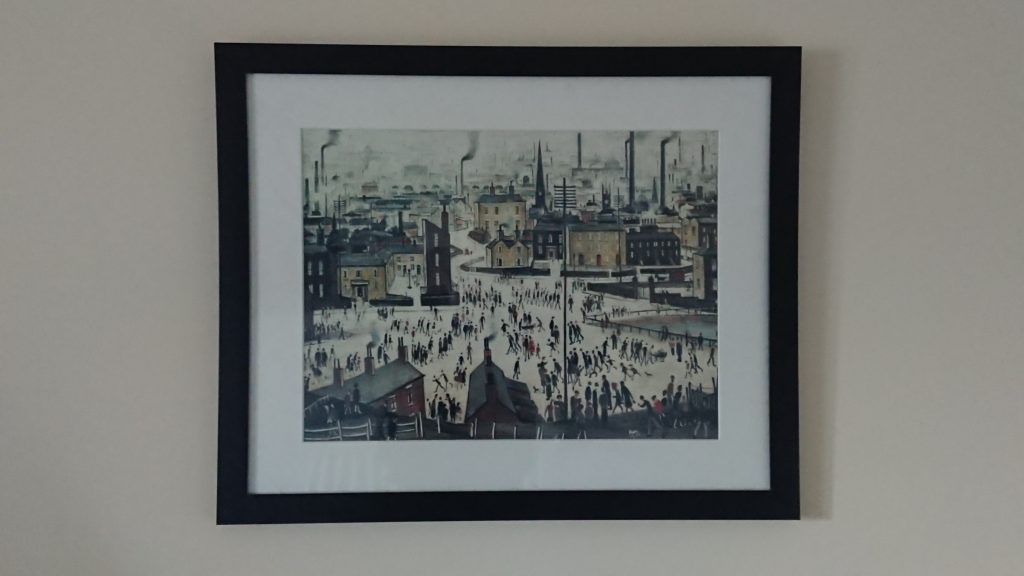
The feature film Mrs. Lowry and Son was released in 2019. The film explored the central relationship in Lowry’s life with the mother who he always thought he had failed as a son. And it was this lifetime of loneliness, regret and solitude that has helped breath added pathos into his vision of industrial northern England.
“I have been called a painter of Manchester workpeople, one of the industrial north’s most cherished sons, but my figures are not exactly that. They are ghostly figures, which tenant these courts and lane-ways and which seem to me so beautiful.”


















